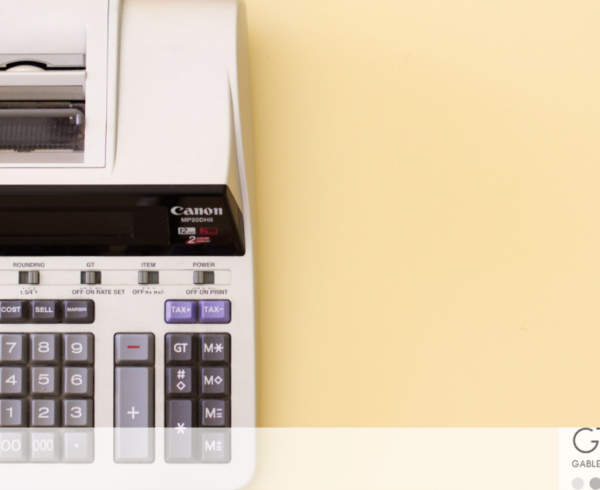There’s magic in the air on closing day. Like an electric pulse, you can feel. You’re also not totally sure if you have everything you need, but you’re walking on sunshine while riding a unicorn. That uncertainty is adding some nausea to the electricity in the air. We’ve made a list that could aid you in knowing that you’re ready to sign your name on the dotted line(s).
Know that you’ll likely be in the closing agent’s office for at least two hours. Seems simple, but you might get hungry and thirsty! In order to keep your body and mind satiated, and from wandering, take a granola bar, or two if you’re a stress eater and a water bottle. You never know when the nervous hunger and dehydration will hit and this is not the day for any of that. If you’re a glasses wearer, bring those along with you because you’ll be reviewing more paper than you’d think. If these documents were emailed to you to review, maybe print them out, that way you can follow along and ensure none of the verbiage has changes or differences from what you agreed to signing. Bring proof of your homeowner’s insurance policy, a passport, or license so that you can identify that you are who you say you are. You will be asked how you wish to take the title of your home, so you’ll need to know that information beforehand, but your title company will have that information readily available. You’ll also need to ensure that all of the money to be distributed at this time has been given to the escrow officer unless you’ve made an agreement or arrangement to pay with a cashier’s or certified check.
Some of the items that you’ll be reviewing and signing as mentioned above are the promissory note, which is your promise to pay your mortgage each time it’s due. Another dotted line will be on the truth in lending statement. This item shows your interest rate, annual percentage rate, amount being financed, and the total cost over your loan’s life. You’ll also sign the deed of trust, which puts your home up as collateral, or security, on your mortgage. That’s also your lender’s way of putting a lien on your property until you’ve paid the loan in full.
Then that’s it, right? No, you still have the monthly payment letter which is a breakdown of your mortgage payments. After that the warranty deed, which transfers the property from the seller to you, the buyer. Also, the closing disclosure, proration papers, the declaration of reports, and the abstract of title.
It’s a lot, but you are now the owner of your property! Do with that what you will, but let your homeowner’s insurance company know because it could add value to your property, and you want that to be covered.







Leave a Comment